
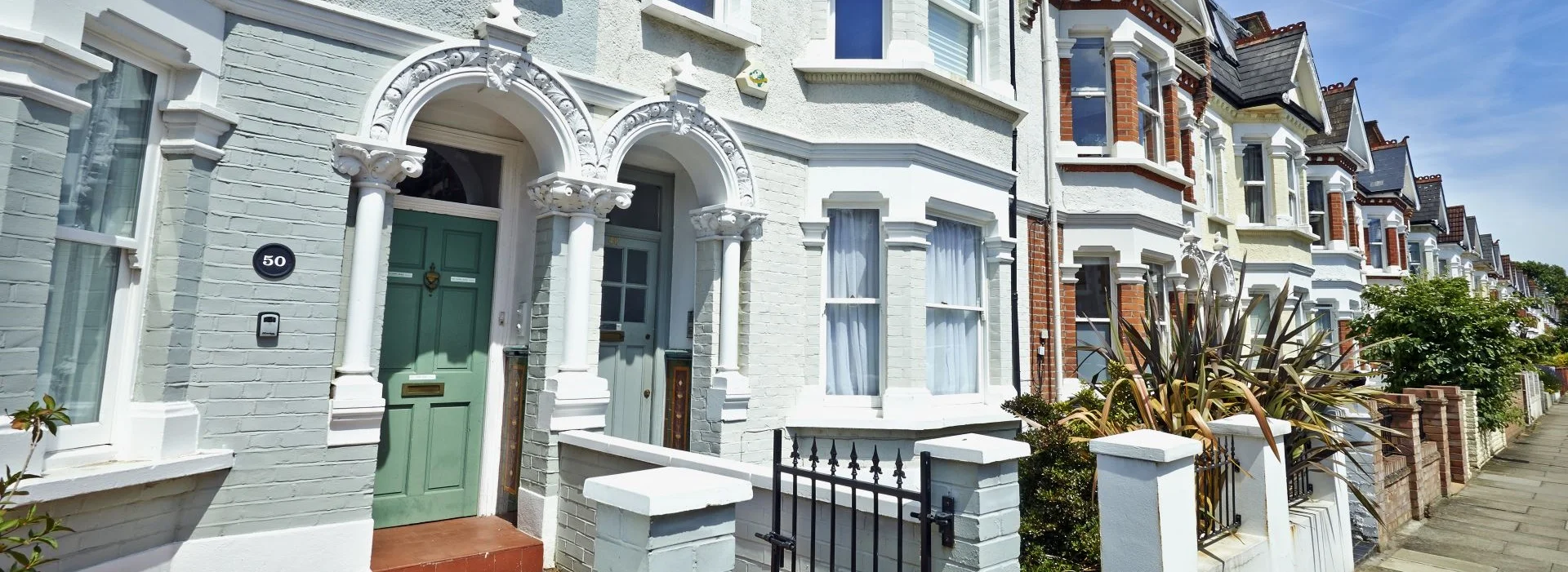









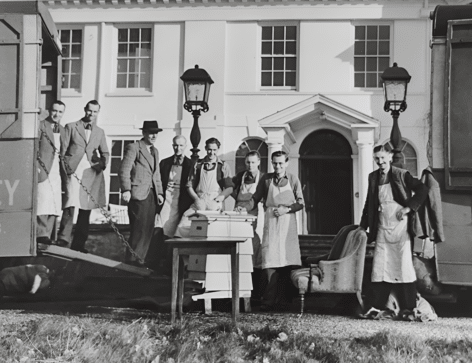
Established in 1857, Over’s are London’s trusted removal service. Get a fast, free quote to start planning your relocation today.

On hand to help you through to your completed move.
There are no hidden costs. All our quotes include mileage.
Restricted liability is provided as standard.*
Clothes travel in style in our robe cartons.
Slot-on, padded covers protect white goods and furniture.
To offset carbon emissions we’re planting 2,000 trees.
Our trained crews are DBS checked and carry photo ID.
We use recycled/recyclable materials where possible.
Mattress bags are used once, then recycled.
Floor protection is available for both locations.**



62,148 – 2021 Census
Twickenham
1.1 mile – 7 minutes
Heathrow
5 miles – 21 minutes
Ashford Manor
7 miles – 21 minutes
Hampton Hill
1.5 miles – 9 minutes
Twickenham Museum
0.7 miles – 5 minutes
Richmond Central Depot
1.4 miles – 8 minutes
Comprehensive expert packing services, from single room, specialist items to complete home contents packing.
Short and long-term containerised storage. We'll collect from your old home and deliver to your new property.
Wardrobe cartons, boxes, packing materials, tape, paper wrap. Made from recycled and recyclable materials.
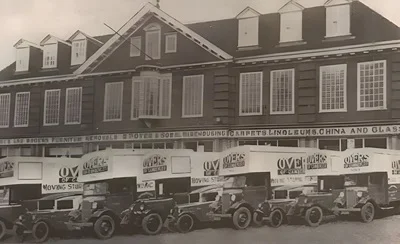
Artifacts found around Church Street suggest the first people to move to Twickenham settled in the Neolithic period.
An Anglo-Saxon fishing village exists near Eel Pie Island.
The village is ransacked during the Peasants Revolt.
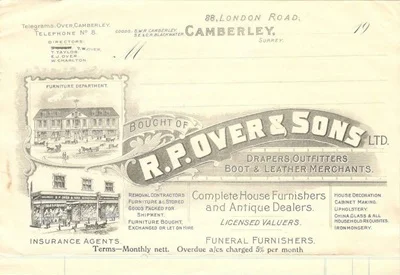
The building of Richmond Palace and Hampton Court creates a need for staff and houses spring up across the area.
A ferry service operates across the Thames.
67 deaths are recorded during an outbreak of the plague.
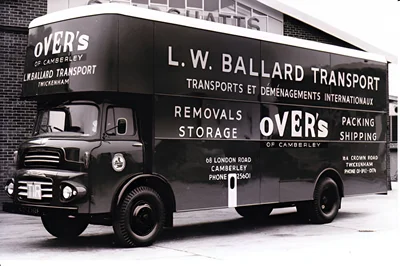
A workhouse is opened to home the local poor.
Locals write to the Lord Mayor of London to complain about The Folly, a floating bar moored in the river, “…wherein divers loose and disorderly persons are frequently entertained who have behaved in a very indecent Manner”.
Two major explosions occur at the local gunpowder mill, one felt as far away as Reading. Further accidents follow but the mills remain open until 1927.
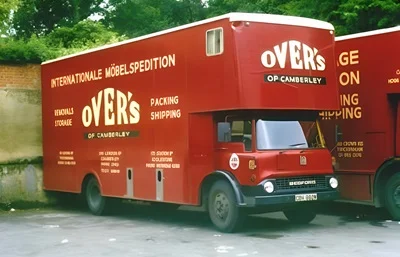
Over 150 fruit gardens produce large amounts of food for London markets, including Covent Garden.
The census records a population of 3,100.
After being forced to flee his native Portugal, King Manuel II settles in the town and becomes a much-loved local figure.
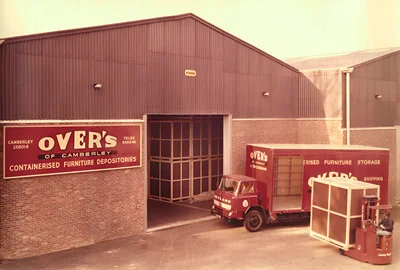
The population exceeds 21,000.
Rugby union finds a new home on the site of a former cabbage patch.
The town is made a Municipal Borough.

150 homes are destroyed and 6,000 building damaged by German bombs during WWII.
Twickenham Museum opens.

